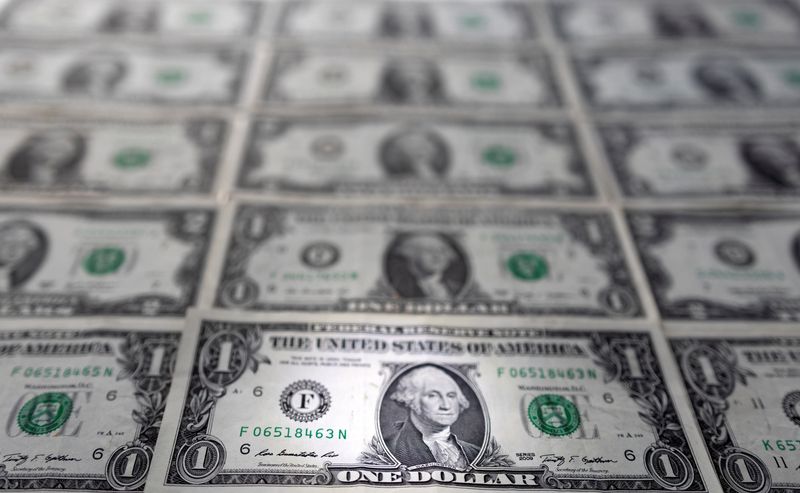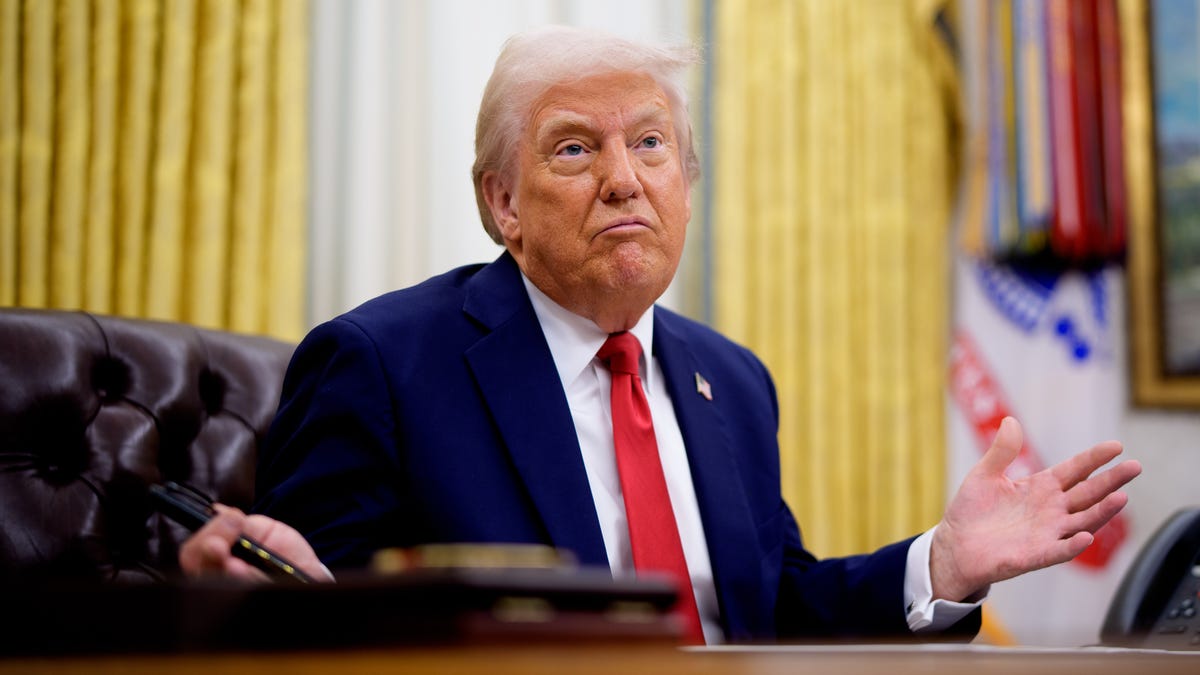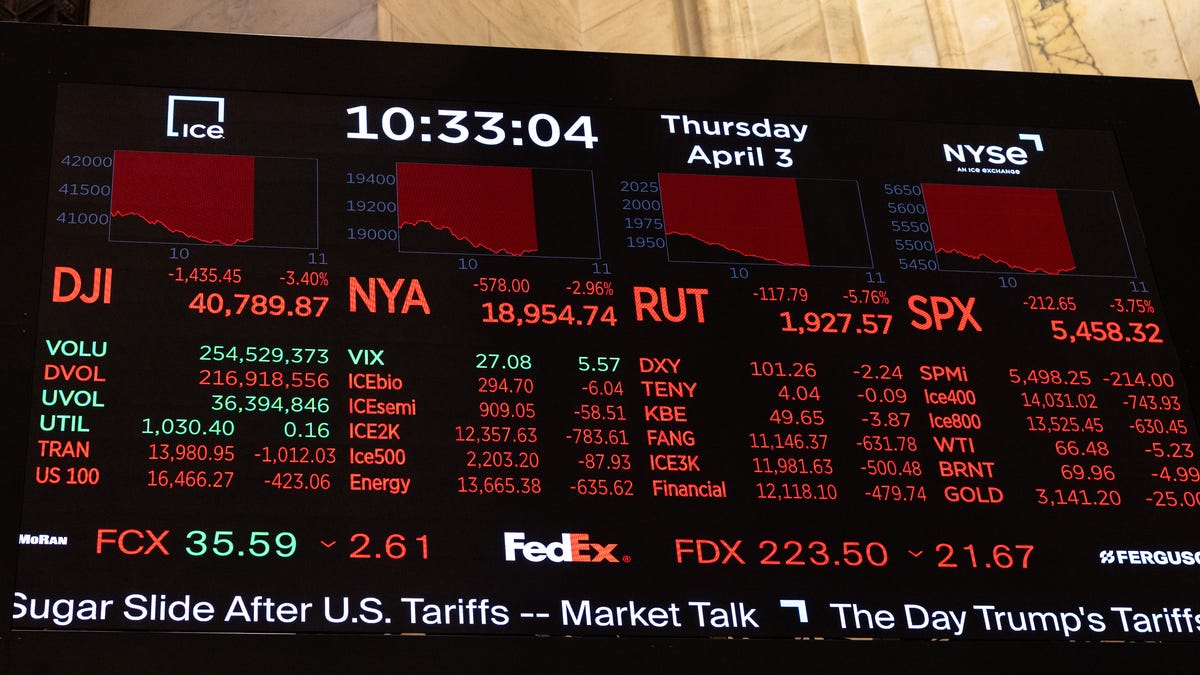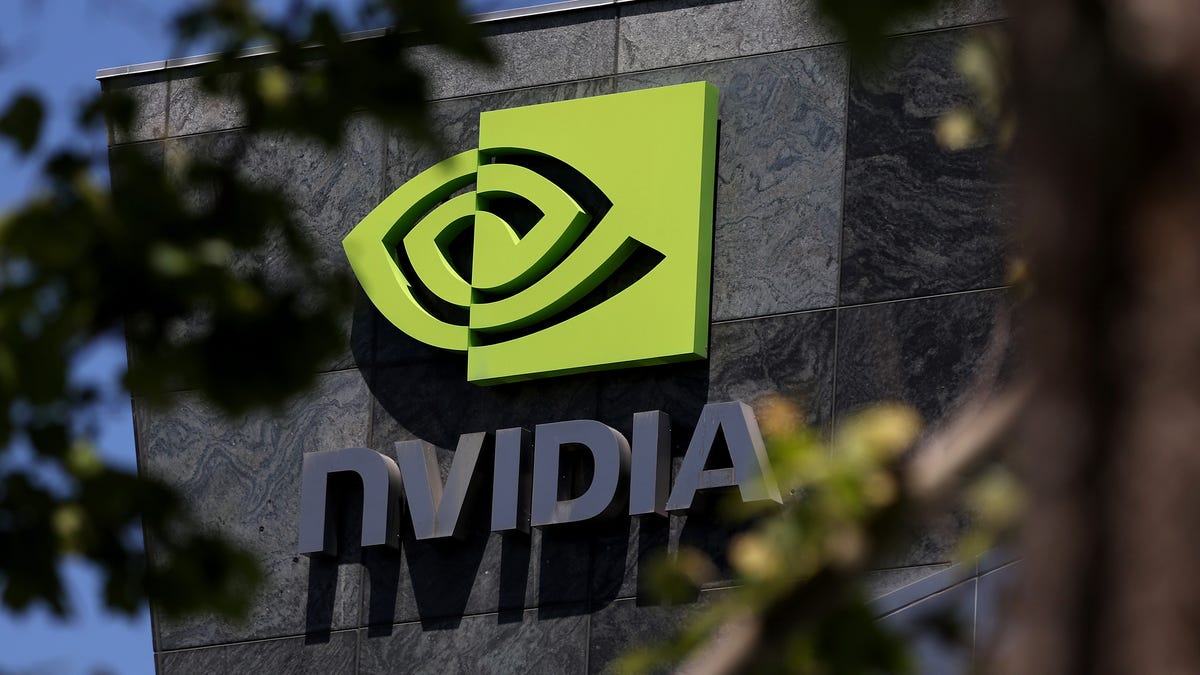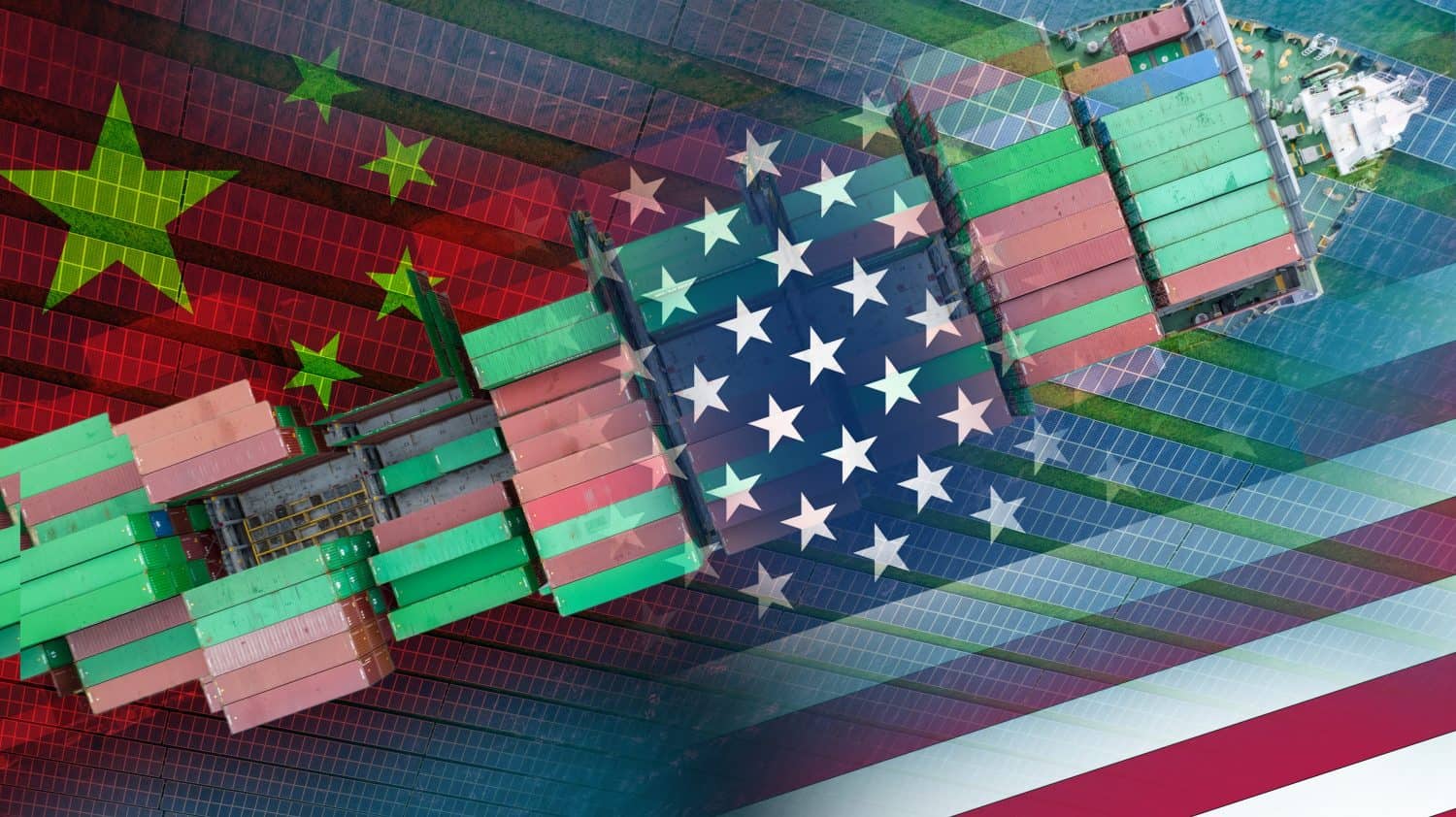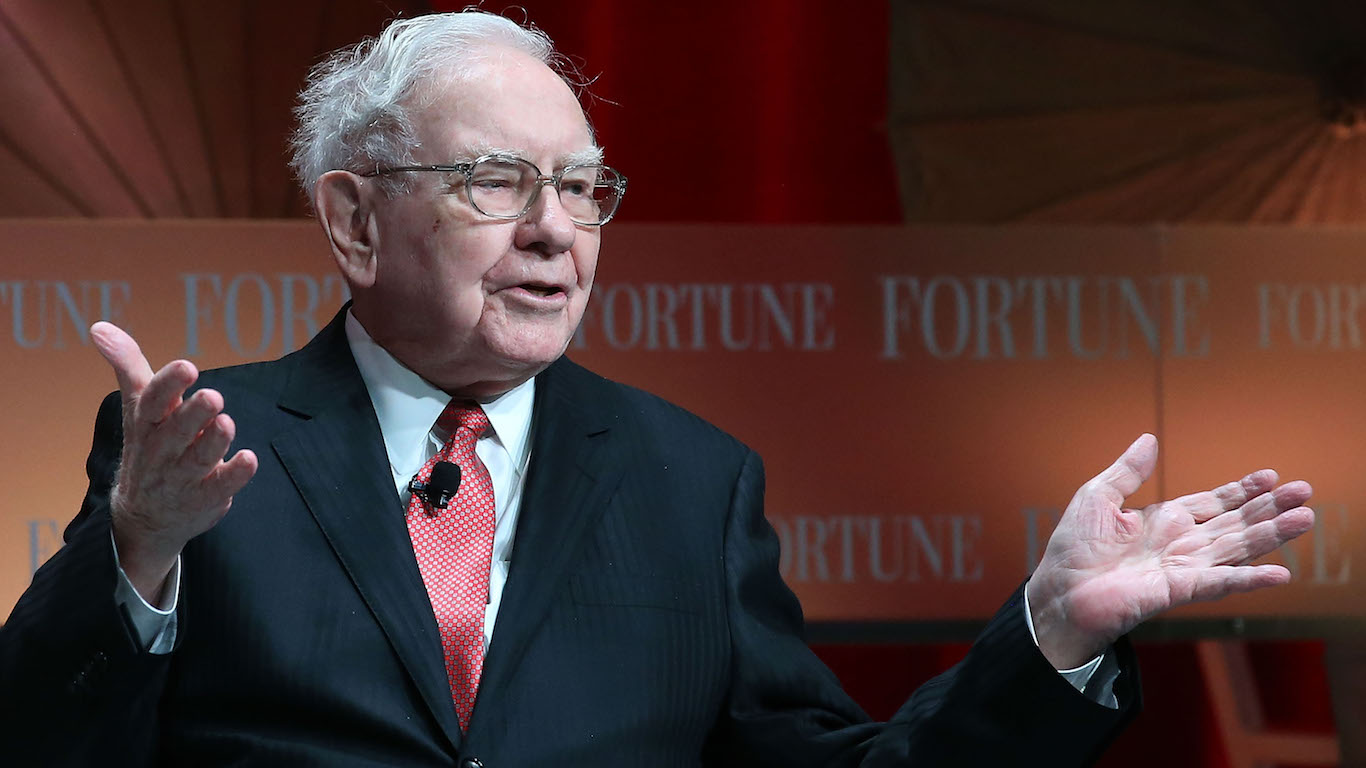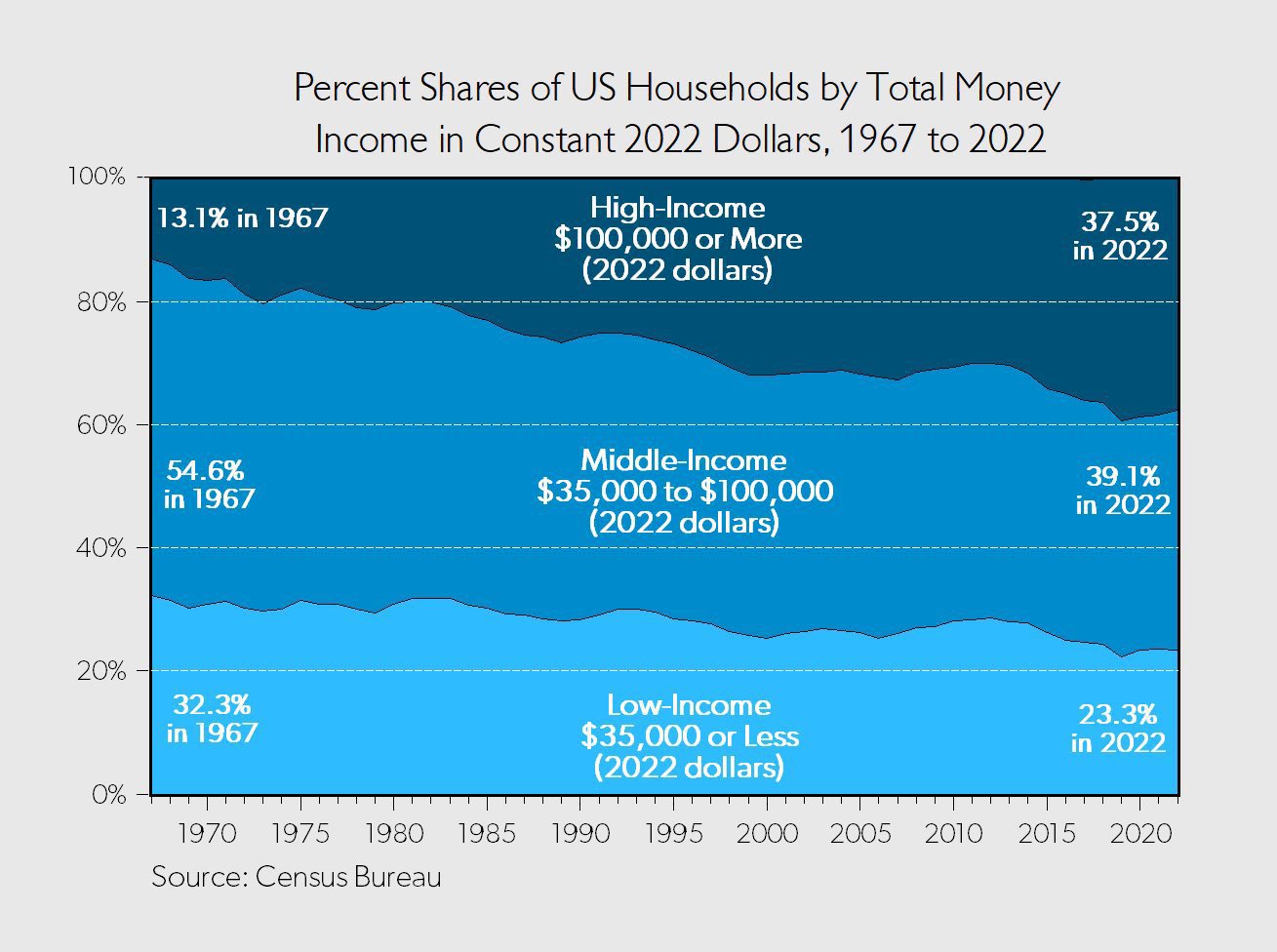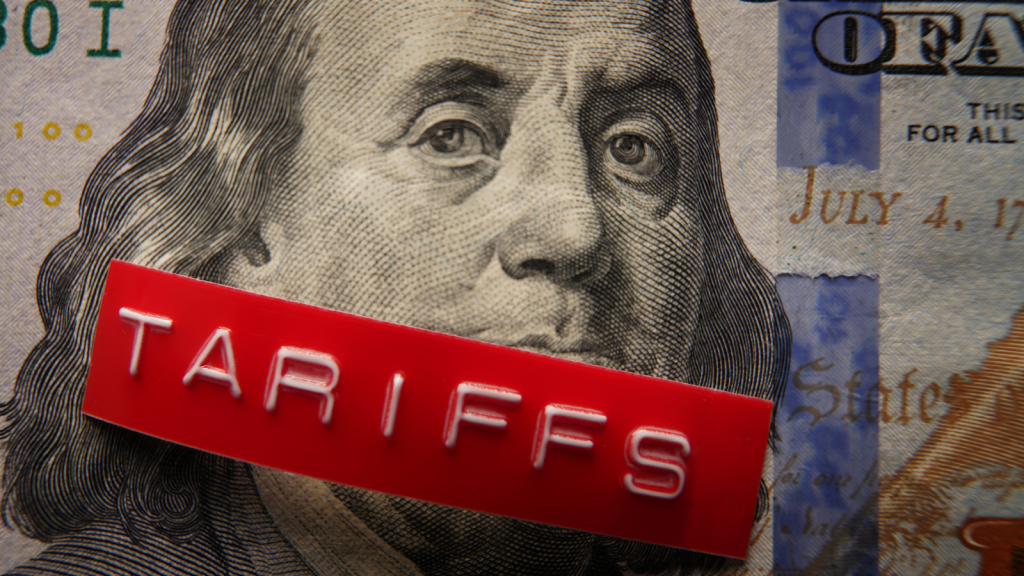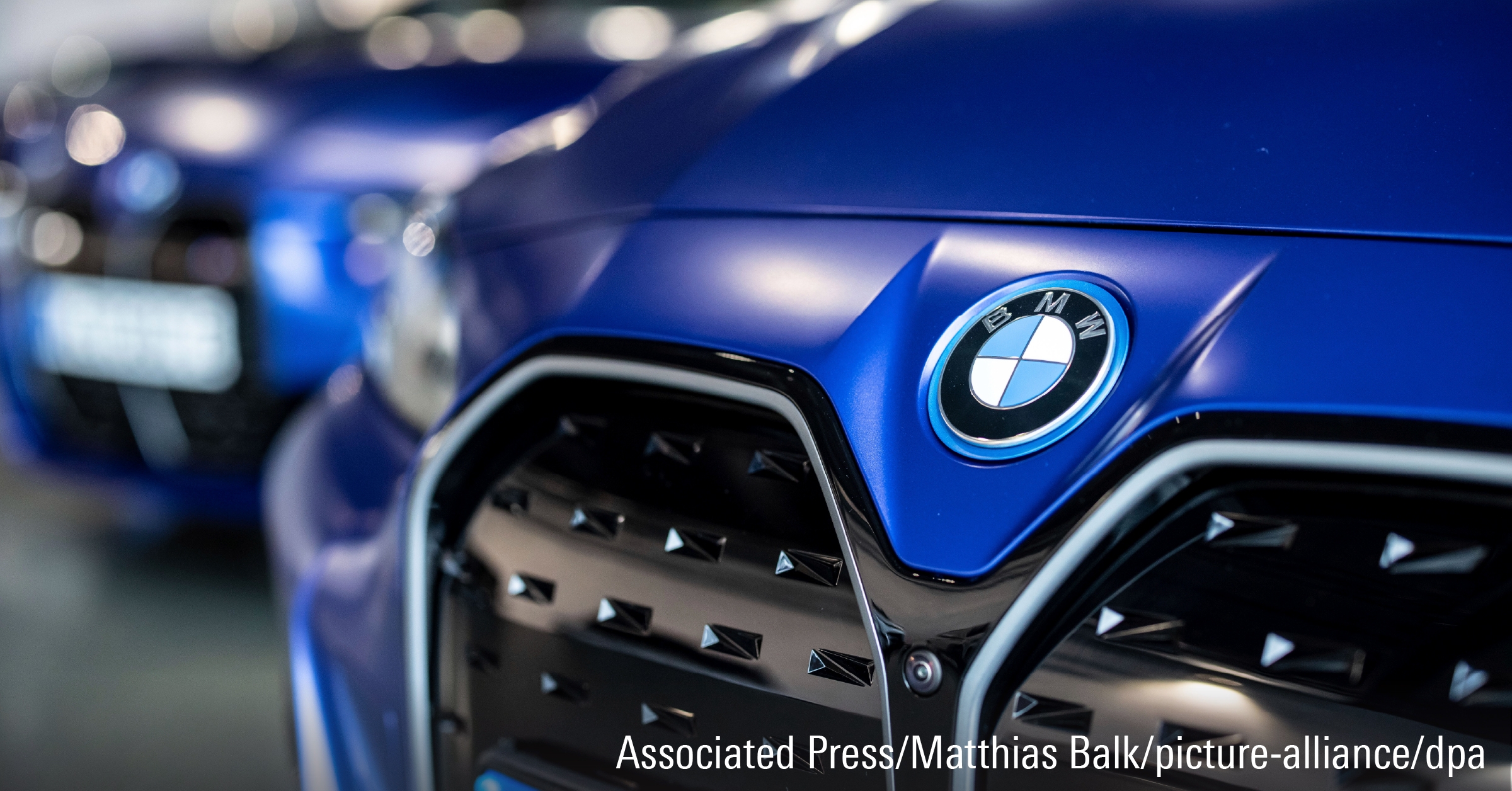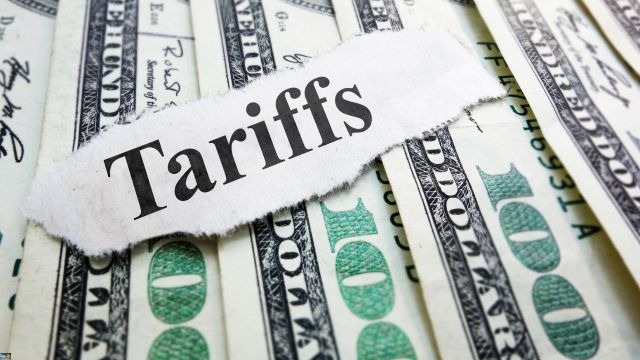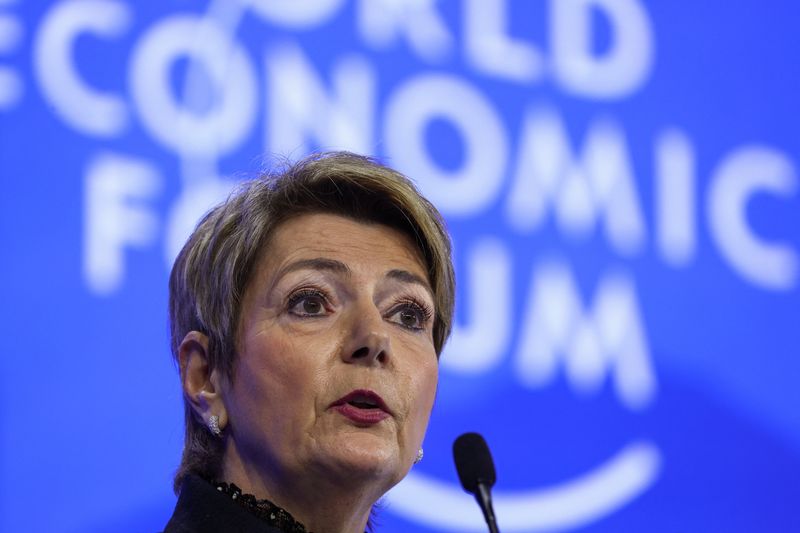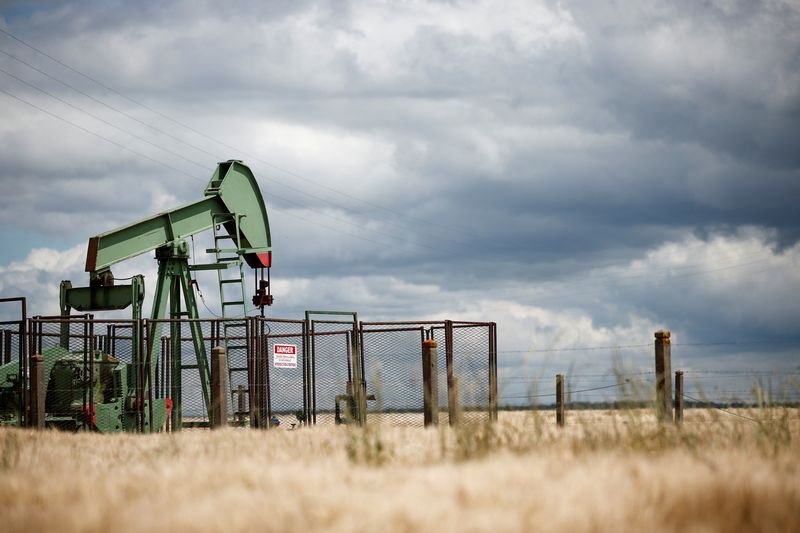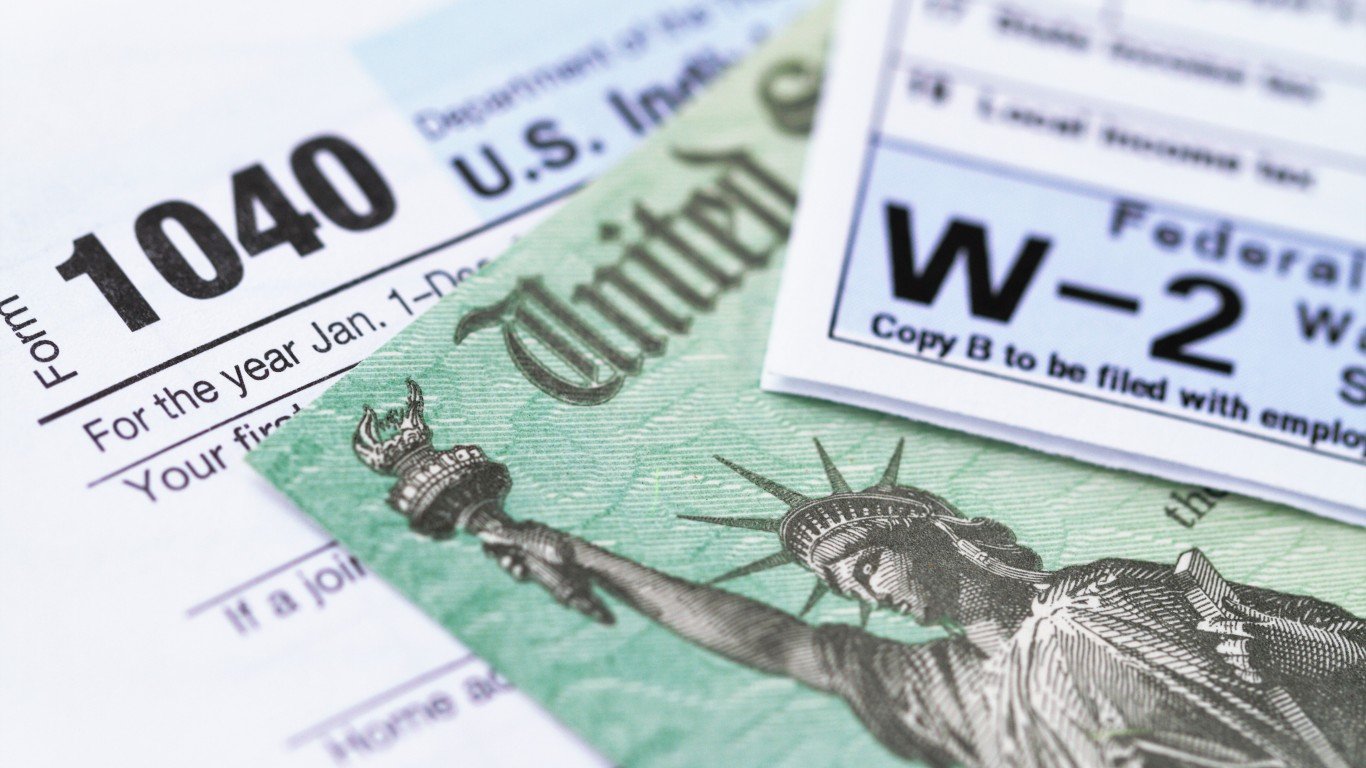Prediction: BYD Will Be Larger than Tesla in 3 Years
This past year clearly stands out as one that may well be remembered as a turning point for the EV market. BYD (OTCMKTS:BYDDF) is the ambitious automotive giant from China that’s not only matched, but in some respects outpaced its Silicon Valley counterpart Tesla (NASDAQ:TSLA). The Chinese EV maker has seen robust sales growth in […] The post Prediction: BYD Will Be Larger than Tesla in 3 Years appeared first on 24/7 Wall St..
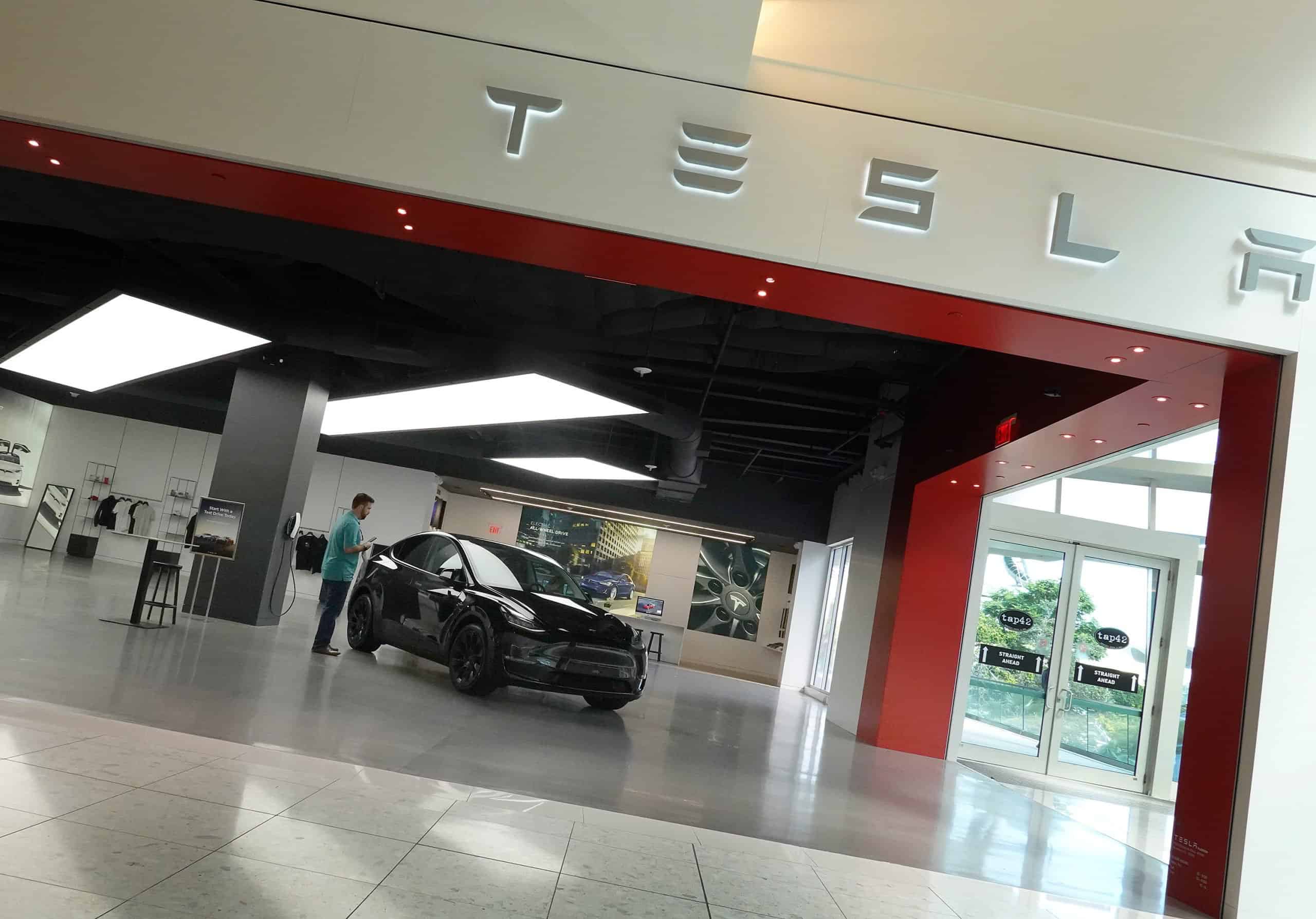
This past year clearly stands out as one that may well be remembered as a turning point for the EV market.
BYD (OTCMKTS:BYDDF) is the ambitious automotive giant from China that’s not only matched, but in some respects outpaced its Silicon Valley counterpart Tesla (NASDAQ:TSLA). The Chinese EV maker has seen robust sales growth in 2024, with the company selling more than 1.77 million vehicles, edging out Tesla on this front. On most major metrics, BYD is now the industry leader worldwide in the race for EV market share, and underscores the company growing influence in what’s becoming an increasingly protectionist sector.
Key Points
-
BYD and Tesla are the world’s two leading EV makers.
-
As such, long-term investors may be keen to understand which company will come out ahead, when it’s all said and done.
-
Joel to add
Tesla has continued to innovate and expand, but the company has also faced challenges that tempered its usual rapid growth. Despite launching new models and cutting-edge technologies, Tesla continues to grapple with market saturation and increasing competition, factors that slightly decelerated its growth trajectory compared to previous years. While Tesla’s brand remains strong and the company still has an impressive global footprint, BYD may be the more compelling long-term bet.
Here’s why I think BYD could have a shot at upending Tesla’s market share dominance in this sector over the next three years.
BYD
In order for BYD to be worth more than Tesla in three years’ time, the market capitalizations of the two respective companies will need to continue to head in opposite directions. Tesla is still worth around $850 billion, with BYD’s market cap sitting at $150 billion. Thus, one would argue that the market would need to start pricing in significant upside into BYD’s valuation in order for the company to see a valuation that can compete with Elon Musk’s company.
Now, BYD doesn’t have the kind of Musk-related premium investors can rely on as a backstop should growth slow. Thus, BYD’s current financial fundamentals will need to continue to outshine Tesla’s over the medium-term.
These fundamentals do remain rock-solid, and reflect a robust and growing company in the electric vehicle (EV) sector. For the fiscal year ending December 2024, BYD reported total revenue of 682.3 billion CNY, with a gross profit of 130.3 billion CNY, indicating a healthy gross margin. The company’s operating income stood at 41.2 billion CNY, leading to a net income of 33.9 billion CNY after accounting for other expenses. This performance underscores BYD’s ability to generate profits amidst intense competition in the EV market.
So long as BYD is able to maintain (or even grow) these margins, while seeing greater market share globally, there’s a case to be made that the company could be worth more than Tesla in three years. Again, such a case would rest on Tesla’s valuation reflecting that of a car company rather than a tech or AI company (it’s clearly reflecting the latter at the moment). So, we’ll see.
Tesla
Tesla’s current financial fundamentals present a mixed picture as of early 2025. The company’s stock has continued to trade in volatile fashion, down around 50% from its peak following the Trump election victory.
This is a stock that’s provided long-term investors with massive gains, and Elon Musk and his company have a strong core following. The question is whether underlying demand for Tesla vehicles will remain strong, and if any incremental revenue and earnings will be seen from the company’s other bets. For now, these bets on robotics, autonomous driving, and AI (among others) are fringe call options on the edges. Thus, investors betting on Tesla can be viewed as making a bet on Elon Musk at the moment, a bet which carries with it significant single-man risks that are worth noting.
For the fiscal year 2025, Tesla is projected to generate total revenue of about $101.6 billion, up from $96.8 billion in 2024. This growth is expected to be driven by anticipated growth in vehicle sales and the company’s energy segmens. However, Tesla faces challenges such as diminishing returns from price cuts and increased competition, particularly in China. Analysts anticipate that Tesla’s automotive earnings before interest and taxes (EBIT) per car will be around $3,600, suggesting vulnerability to further price reductions.
Now, Tesla’s energy segment is expected to contribute significantly to revenue, with deployments projected to grow by 35% in 2025. However, potential regulatory changes, such as the repeal of the IRA tax credits, pose risks to demand and profitability moving forward.
Why BYD Looks Like a Better Long-Term Pick

One of the primary factors contributing to BYD’s ascendance is its aggressive pricing strategy. BYD has consistently offered a range of affordable models, such as the Yuan Plus and Seagull, with prices significantly lower than Tesla’s offerings. For instance, the Seagull starts at approximately $10,392, while Tesla’s entry-level Model 3 exceeds $40,000.
This pricing strategy has enabled BYD to capture a substantial share of the burgeoning EV market, particularly in China, where affordability is a key driver for consumers. In 2024, BYD sold over 1.77 million vehicles, edging out Tesla by about 4,500 units, marking a significant milestone as it became the largest EV manufacturer globally.
Moreover, BYD’s diversified product lineup caters to various consumer needs beyond just electric cars. The company produces both battery electric vehicles (BEVs) and plug-in hybrids (PHEVs), allowing it to appeal to a broader audience. This flexibility positions BYD favorably in markets where consumers may still be hesitant to fully transition to electric vehicles due to range anxiety or charging infrastructure concerns.
BYD’s combination of competitive pricing, diverse product offerings, strategic global expansion, and strong domestic presence positions it well ahead of Tesla as we look toward 2027. If current trends continue (increasing demand for affordable EVs and growing international production capabilities), BYD could very well solidify its status as the leading player in the global electric vehicle market from a market capitalization perspective.
The post Prediction: BYD Will Be Larger than Tesla in 3 Years appeared first on 24/7 Wall St..



